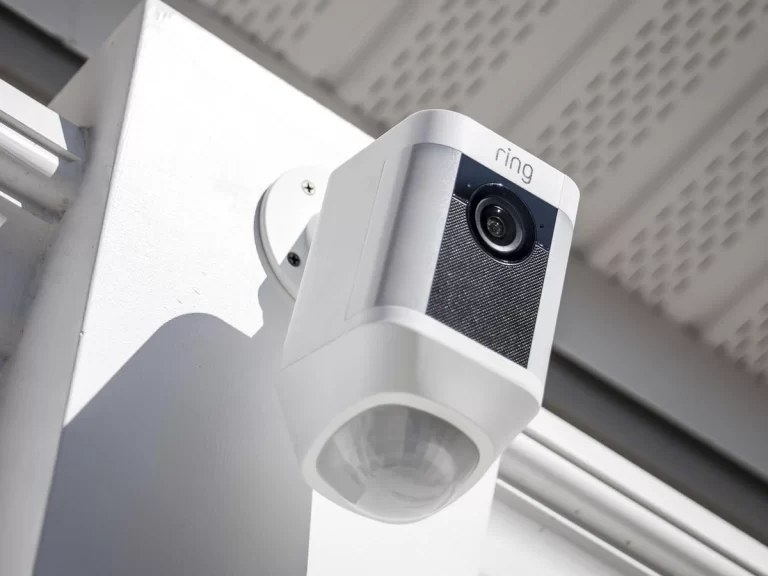What is a 4-Digit Card PIN? Everything You Need to Know
In today’s digital age, the use of debit and credit cards has become increasingly prevalent. To ensure the security of these transactions, a 4-digit card PIN (Personal Identification Number) is often required. But what exactly is a 4-digit card PIN, and why is it important? In this comprehensive guide, we will get into the details of 4-digit card PINs, their purpose, how to create a secure PIN, and best practices for keeping your PIN safe.
What is a 4-Digit Card PIN?

A 4-digit card PIN is a numerical code that serves as a security measure to authenticate the cardholder’s identity. It acts as a password or a key that grants access to the funds associated with the card.
When making a purchase or withdrawing cash from an ATM, the cardholder is prompted to enter their PIN to authorize the transaction.
The PIN usually consists of four numbers, ranging from 0 to 9, and is created by the cardholder during the card activation process.
It is important to note that the PIN should be kept confidential and not shared with anyone, as it is the primary means of preventing unauthorized access to the funds in the cardholder’s account.
Why is a 4-Digit Card PIN Important?
The primary purpose of a 4-digit card PIN is to enhance the security of financial transactions. By requiring a unique code known only to the cardholder, it adds an additional layer of protection against unauthorized access to the cardholder’s funds.
Without the correct PIN, it is nearly impossible for a fraudster to use the card for unauthorized transactions.
Moreover, the use of a PIN helps to prevent theft and fraud in case the card is lost or stolen.
Even if someone gains possession of the card, they would still need to know the correct PIN to be able to use it. This provides cardholders with peace of mind, knowing that their funds are safeguarded.
How to Create a Secure 4-Digit Card PIN

Creating a secure 4-digit card PIN is of utmost importance to protect your financial assets. Here are some tips to help you create a strong and memorable PIN:
1. Avoid using easily guessable PINs
Stay away from predictable combinations such as sequential numbers (e.g., 1234) or repeating digits (e.g., 1111). These PINs are easy for criminals to guess.
2. Don’t use personal information
Avoid using easily obtainable personal information like your birthdate, address, or phone number as your PIN. Such information can be easily linked to you and increases the risk of unauthorized access.
3. Mix numbers and non-numeric characters
Consider adding non-numeric characters, such as symbols (#, $, %), to your PIN. This can make it more difficult for someone to guess your code.
4. Create a memorable pattern
Instead of using random numbers, try creating a pattern on the numeric keypad that is meaningful to you but not easily guessable by others. This way, you can easily remember your PIN while still ensuring its security.
5. Change your PIN periodically
It is good practice to change your PIN regularly. This reduces the risk of someone guessing or obtaining your PIN through observation.
Remember, the goal is to create a PIN that is both memorable for you and difficult for others to guess. By following these guidelines, you can significantly enhance the security of your card.
Best Practices for Keeping Your PIN Safe

Once you have created a secure 4-digit card PIN, it is essential to practice good habits to keep it safe. Here are some best practices to follow:
1. Memorize your PIN
Avoid writing down your PIN or storing it in easily accessible locations, such as your wallet or cellphone. Commit your PIN to memory to reduce the risk of it falling into the wrong hands.
2. Shield your PIN when entering it
When entering your PIN at an ATM or point-of-sale terminal, be cautious of your surroundings. Use your body or hand to shield the keypad to prevent others from observing your code.
3. Beware of phishing attempts
Be vigilant when receiving emails, calls, or messages requesting your PIN. Legitimate financial institutions will never ask you to disclose your PIN. Avoid sharing your PIN with anyone, including friends and family.
4. Monitor your account regularly
Keep a close eye on your account transactions and statements. If you notice any suspicious activity, report it to your bank or card issuer immediately.
By adhering to these best practices, you can minimize the risk of unauthorized access to your card and protect your financial well-being.
Conclusion
In conclusion, a 4-digit card PIN is a crucial security feature that adds an extra layer of protection to debit and credit card transactions. It serves as a unique identifier and ensures that only the authorized cardholder can access the associated funds.
By creating a strong and memorable PIN, regularly changing it, and following best practices to keep it safe, you can safeguard your financial assets and reduce the risk of fraud or theft.
Remember, your PIN is like a key to your financial kingdom, and it is essential to treat it with the utmost care and confidentiality.
By understanding the importance of a 4-digit card PIN and taking the necessary precautions, you can enjoy the convenience of card-based transactions while maintaining peace of mind regarding the security of your funds.
READ ALSO!!!




